Discover Chora Church in Istanbul
Discover Chora Church in Istanbul
The Kariye Mosque (in Turkish, Kariye Camii) is a medieval Greek Orthodox church in Istanbul's Edirnekap district that is currently utilized as a mosque. It is also known as the Church of the Holy Saviour in Chora. The neighborhood is situated in the Fatih district municipality's western section. The Holy Saviour Church in Chora was built in the Byzantine style. During the Ottoman era in the 16th century, the Christian church was turned into a mosque; it became a museum in 1945, but was restored back into a mosque in Istanbul in 2020.
After the edifice was secularized and turned into a museum, some of the oldest and most magnificent Byzantine Christian mosaics and murals were discovered and restored. Take a peek at this building while you're in Istanbul, but before, let's take a look at the history of this magnificent tourist attraction.
History of Chora Church
The Chora Church in Istanbul was built as part of a monastery complex outside Constantinople's city walls, to the south of the Golden Horn, established by Constantine the Great in the early fourth century. The church was included within the city's fortifications when Theodosius II built his strong land walls in 413–414, but the name Chora remained.
The structure of the present edifice originates from 1077–1081, when Maria Dukaina, Alexius I Comnenus' adoptive mother, rebuilt the Kariye Kilisesi as an inscribed cross or quincunx, a popular architectural style at the period. In the early 12th century, the church partially collapsed, most likely owing to an earthquake.
Isaac Comnenus, Alexius' third son, renovated the church. The church as we know it now did not begin building until the third era, two centuries later. The prominent Byzantine politician Theodore Metochites contributed many of the church's magnificent mosaics and paintings, which you will see when you travel to Istanbul. Theodore finished his magnificent interior decorating between 1315 and 1321. The mosaic work is the Palaeologian Renaissance's most spectacular example. The painters' identities are unknown. In 1328, the usurper Andronicus III Palaeologus expelled Theodore. He was permitted to return to the region two years later, where he spent the last two years of his life as a monk at this church.
The Byzantine Institute of America and the Dumbarton Oaks Center for Byzantine in Istanbul Studies sponsored a restoration program in 1948 to clean, restore, and conserve the frescoes in Chora, which had been plastered and whitewashed over repeatedly to conceal all representational imagery during the Ottoman persecutory period when the Byzantine era church was used as a mosque. During the 1950s, the project lasted for twelve years. In Istanbul's Kariye Muzesi, Chora was presented to the public as a museum in 1958.
Visit Chora Church in Istanbul!
In 2005, the Association of Permanent Foundations and Service to Historical Places and the Environment filed a lawsuit to have the Chora Church's museum designation overturned. In November 2019, the Turkish Council of State, Turkey's top regulatory court, asked that it be converted into a mosque. In August 2020, it was classified as a mosque. The plan to convert Chora Church into a mosque was opposed by both Greek Orthodox and Protestant Christians in Turkey. Turkey responded by issuing a harsh reprimand.
On Friday, October 30, 2020, Muslim prayers were performed for the first time in 72 years. Chora Church is one of the most historically significant religious structures, comparable to the greatest mosques.


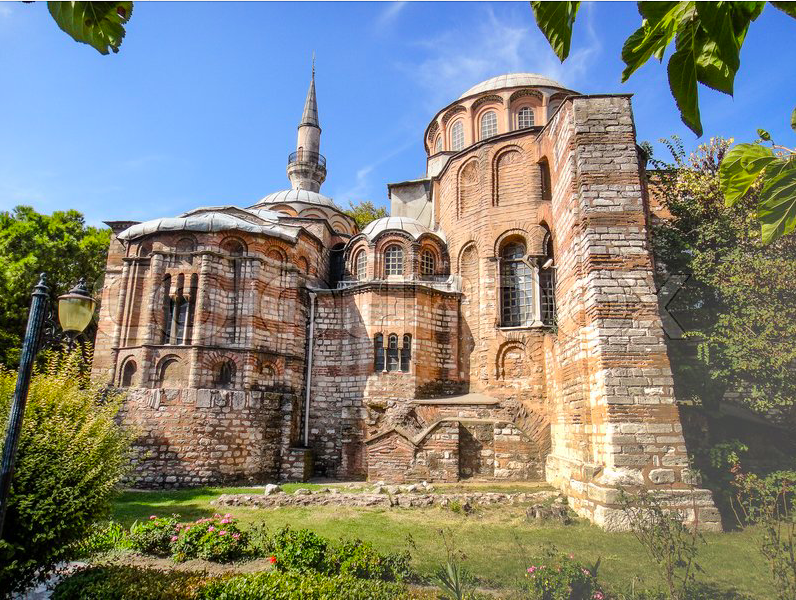


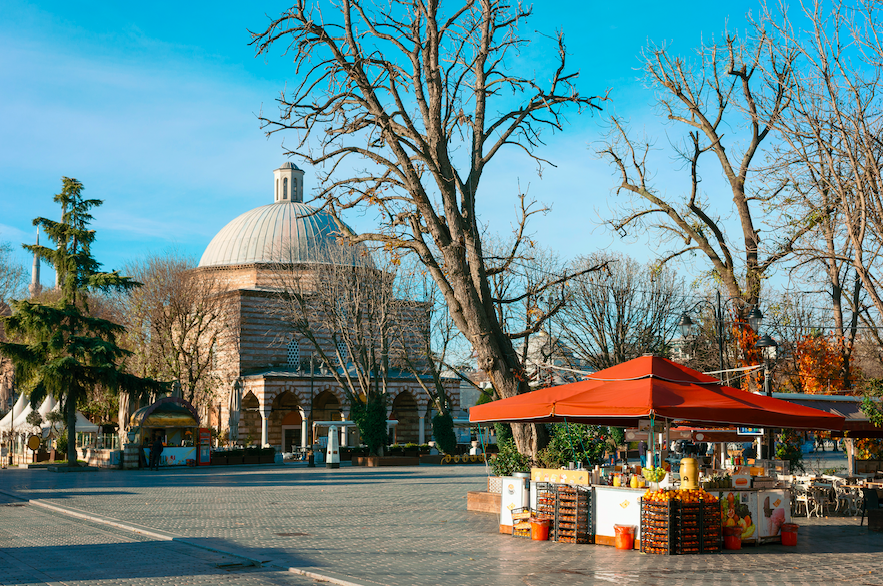
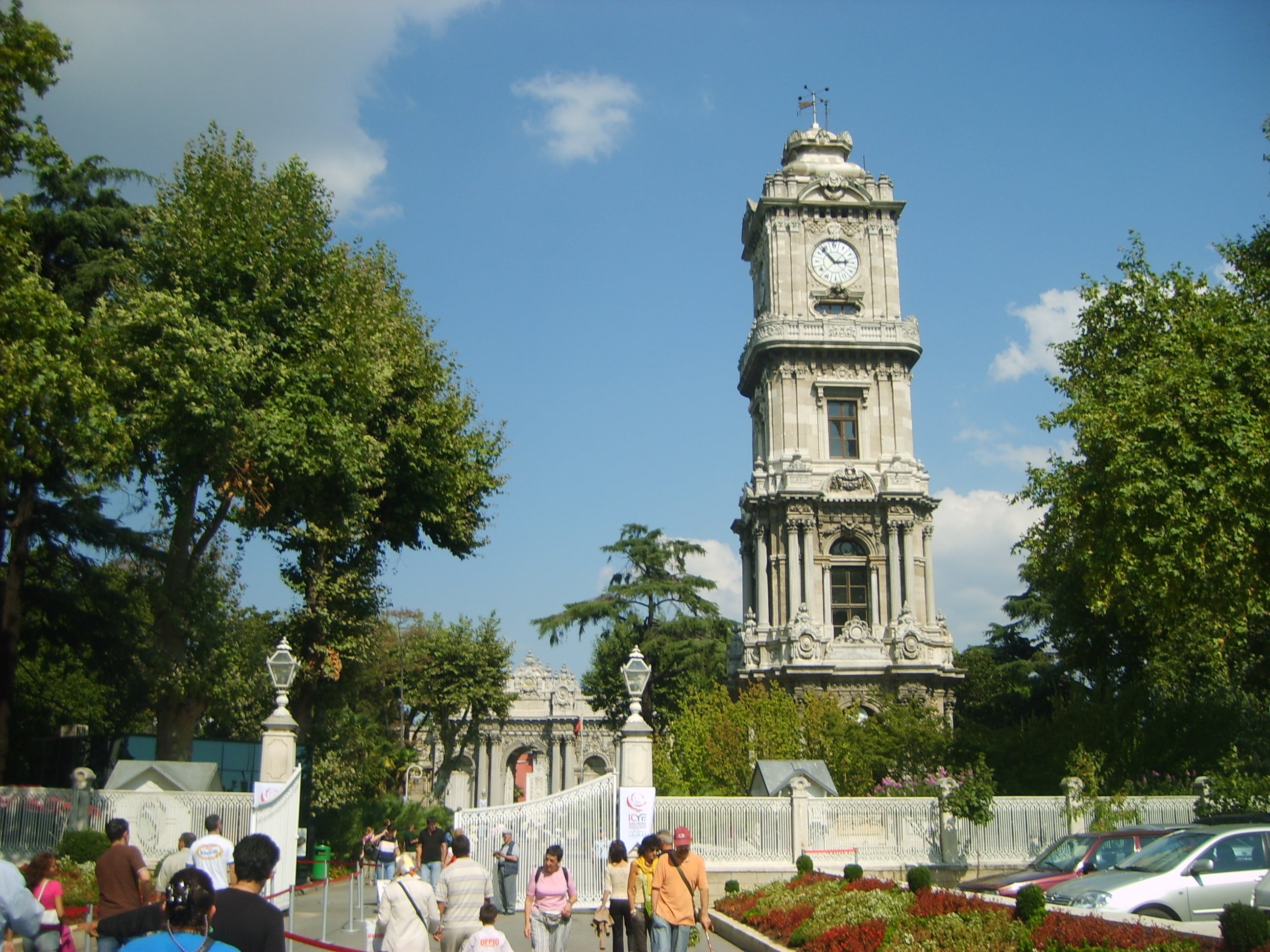


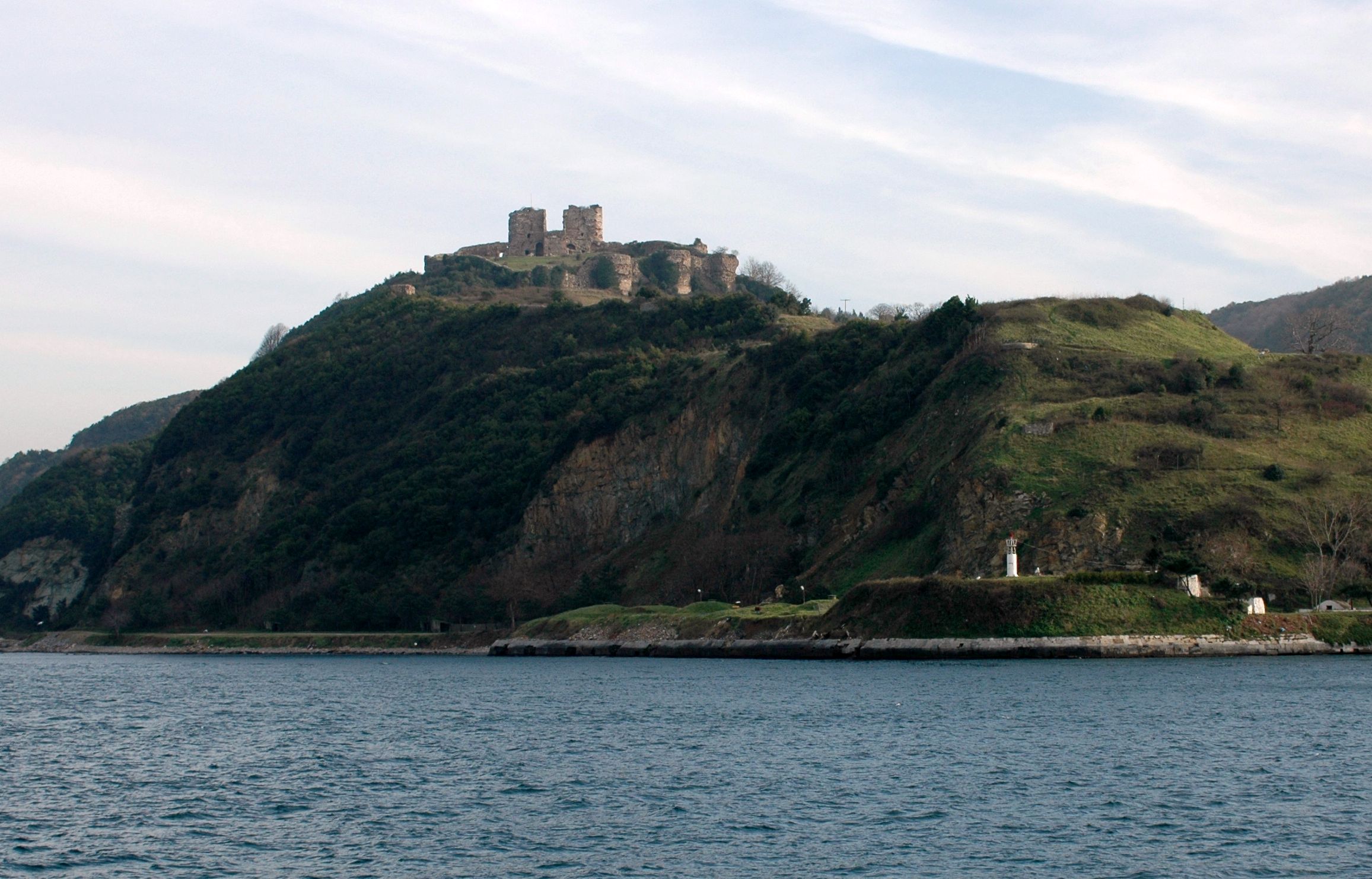
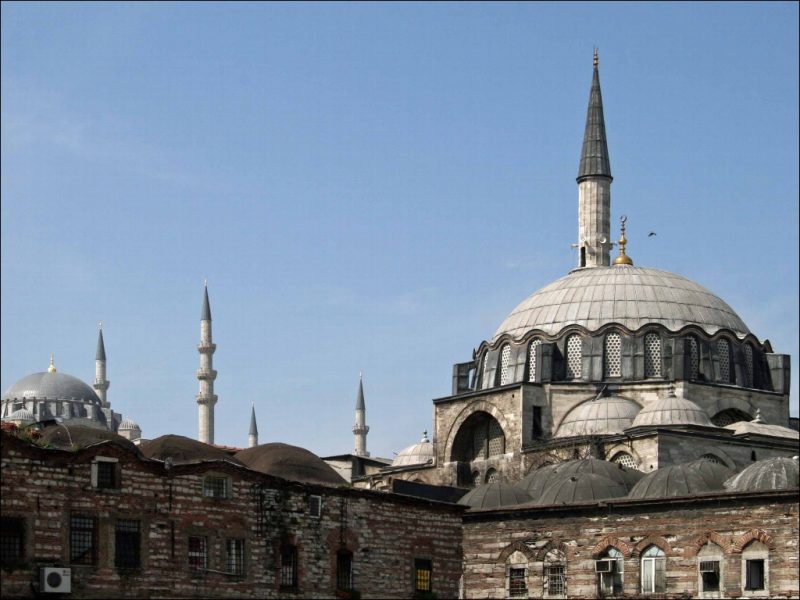
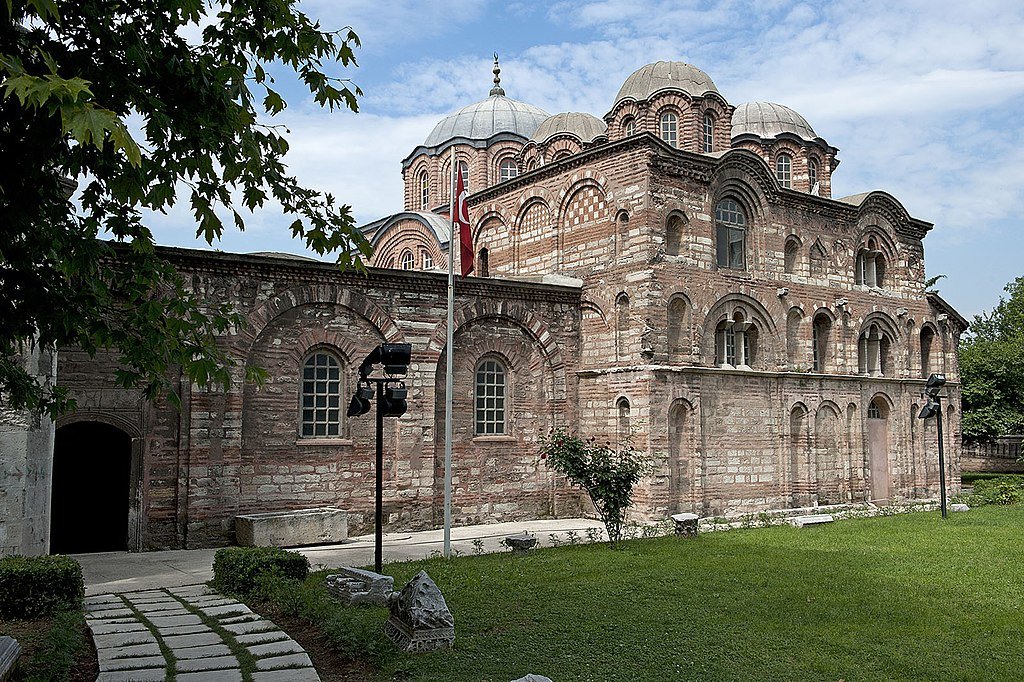
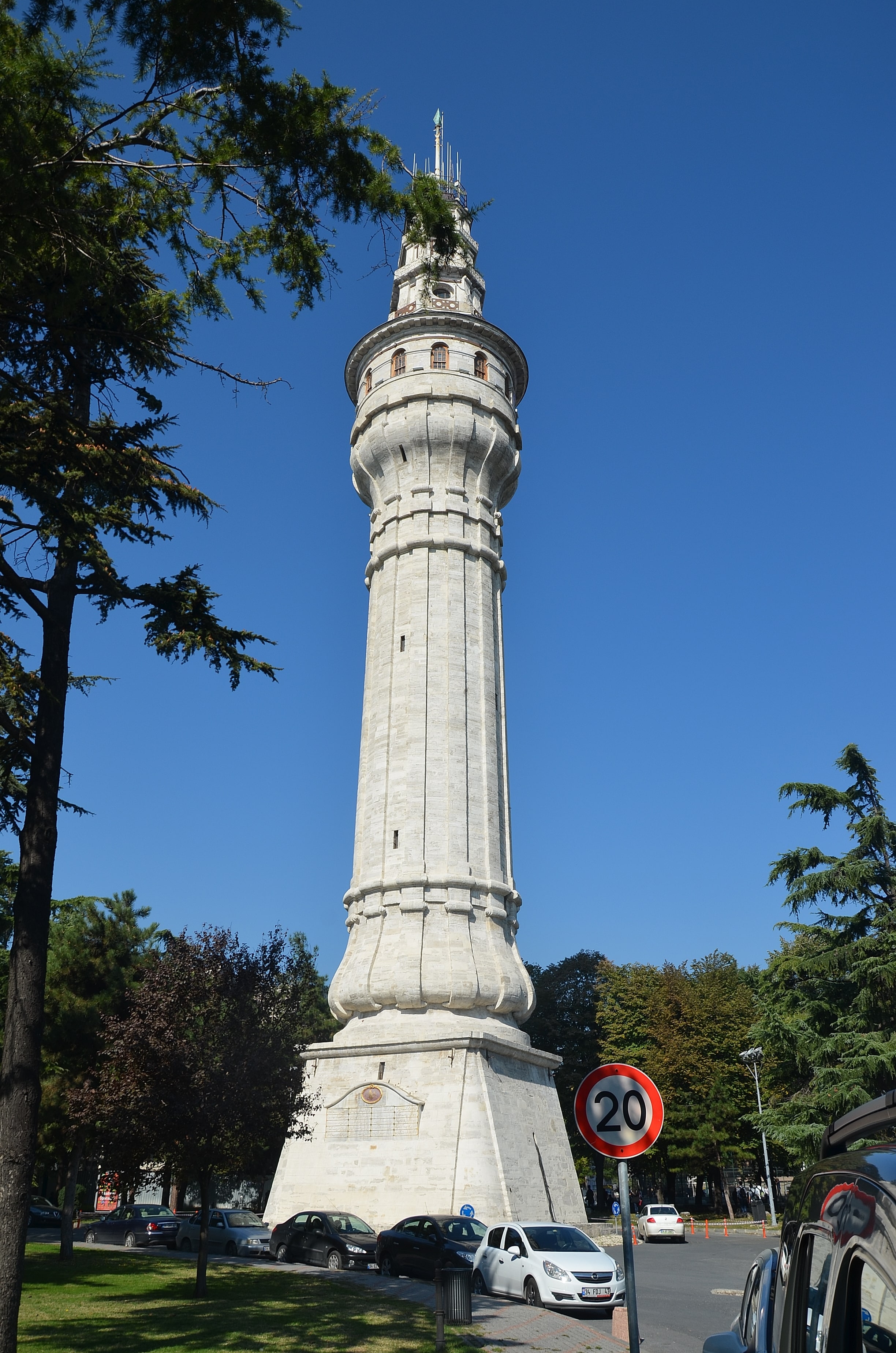
.jpg)
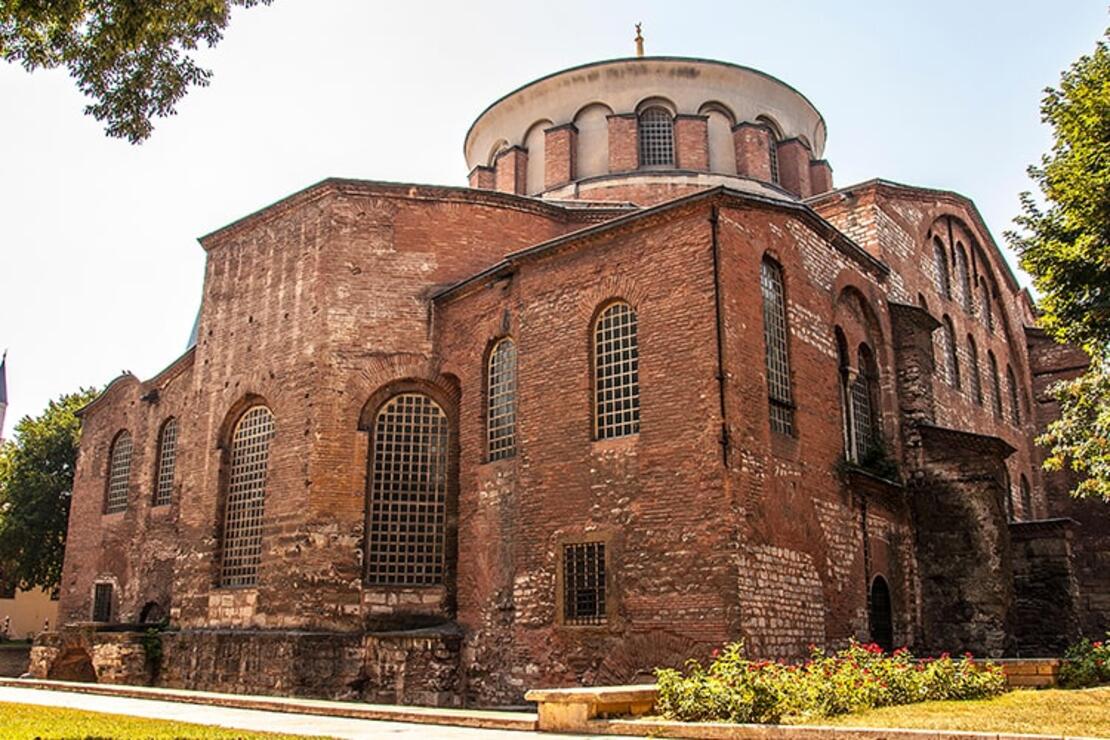



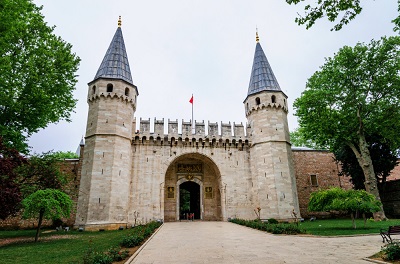
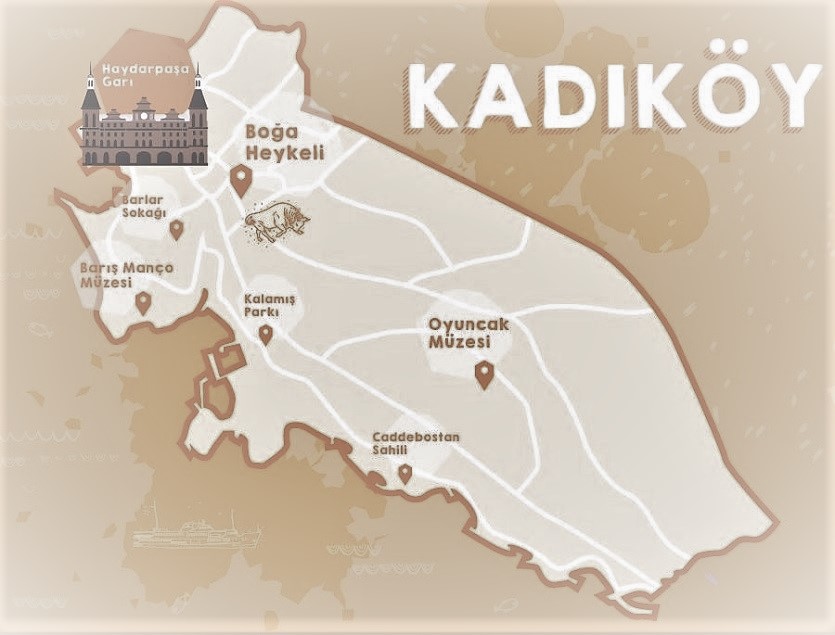


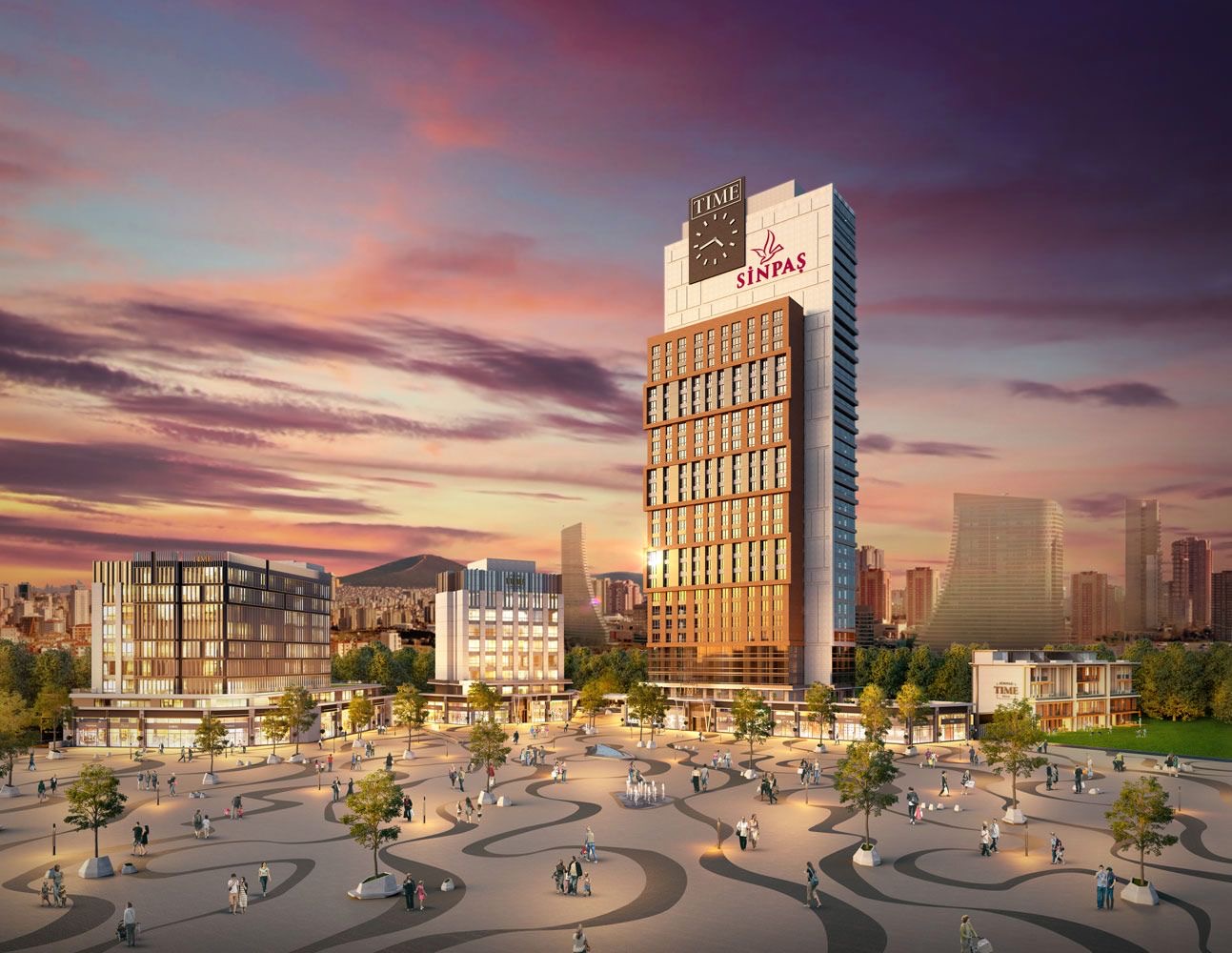

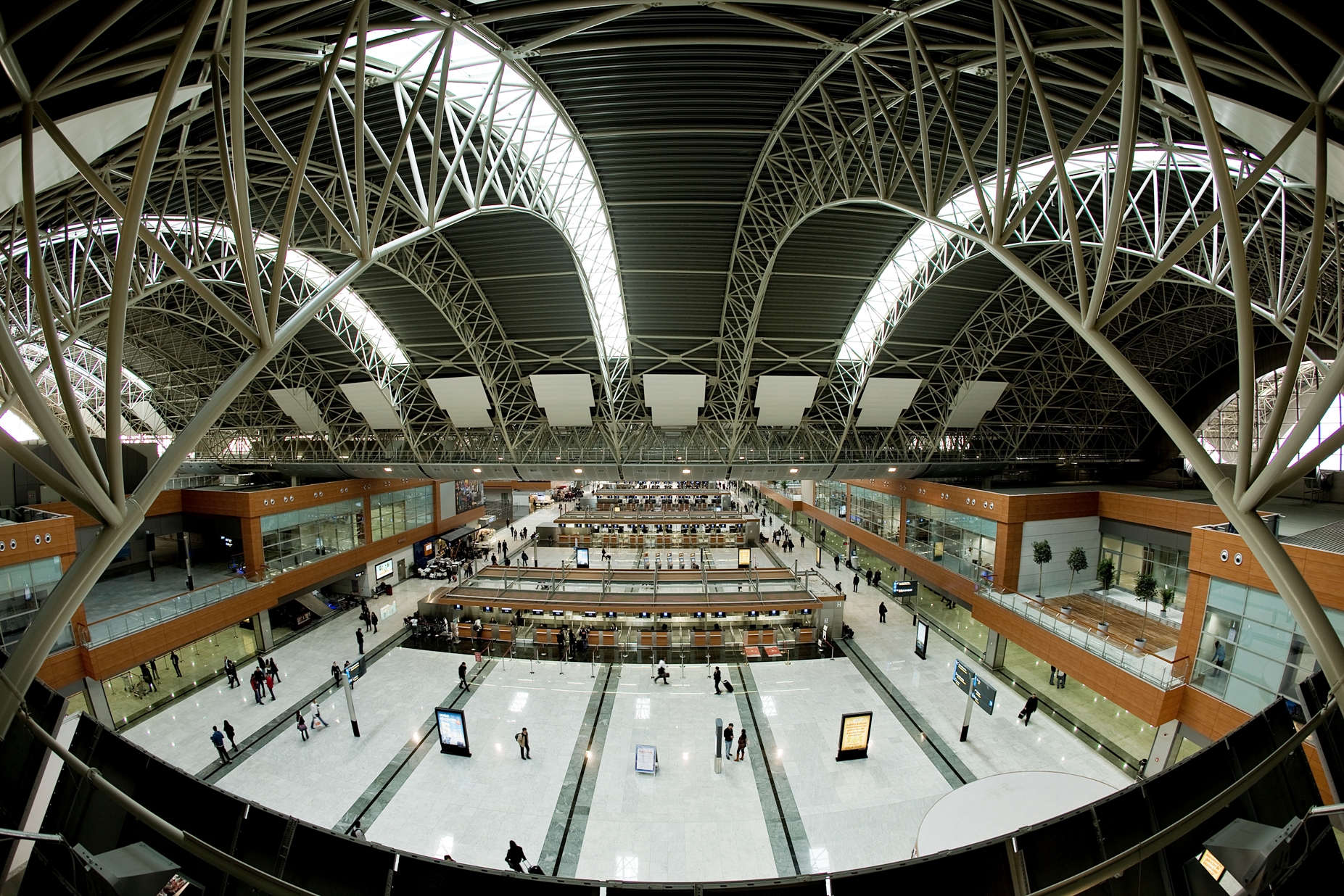

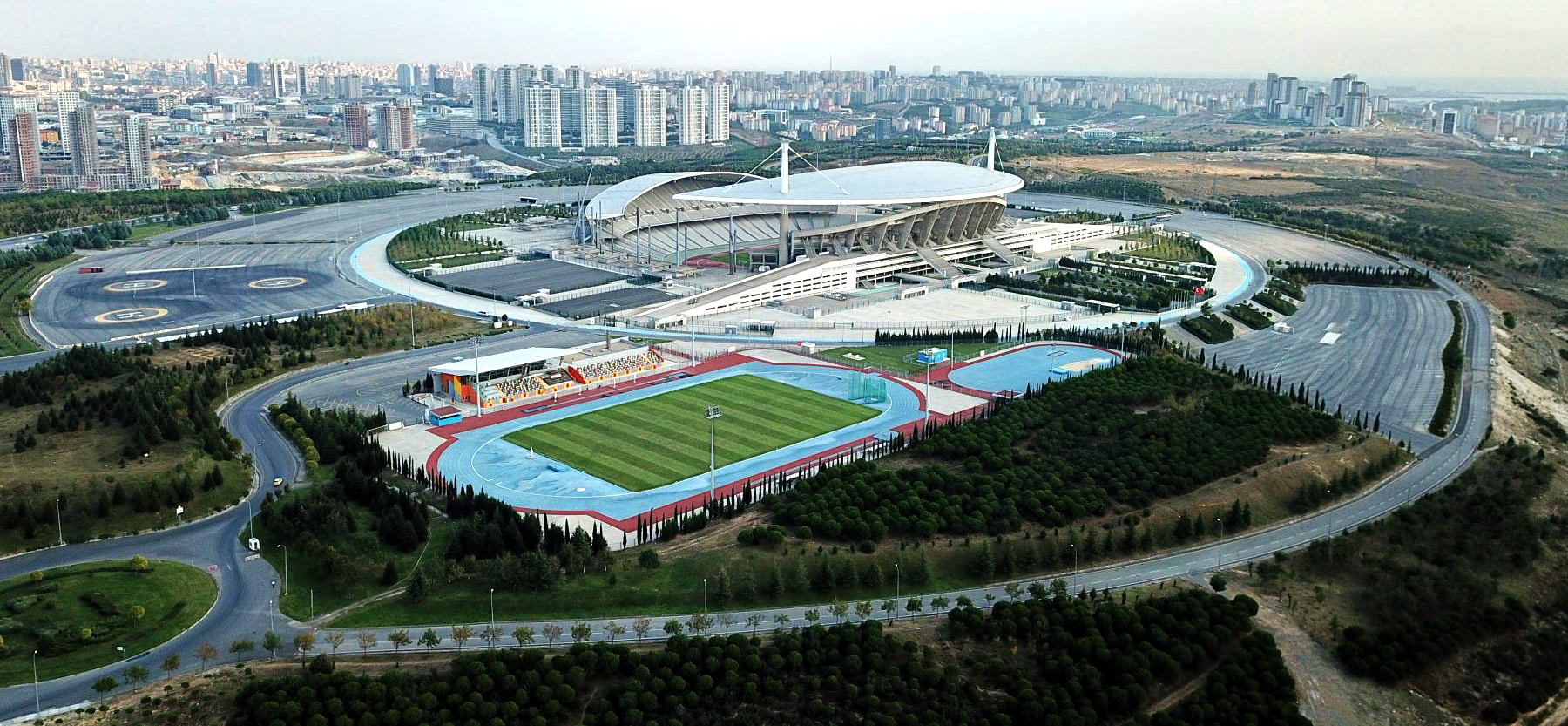
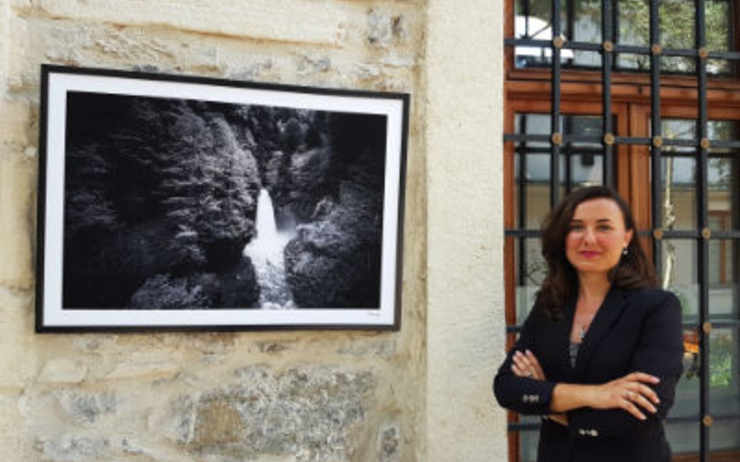
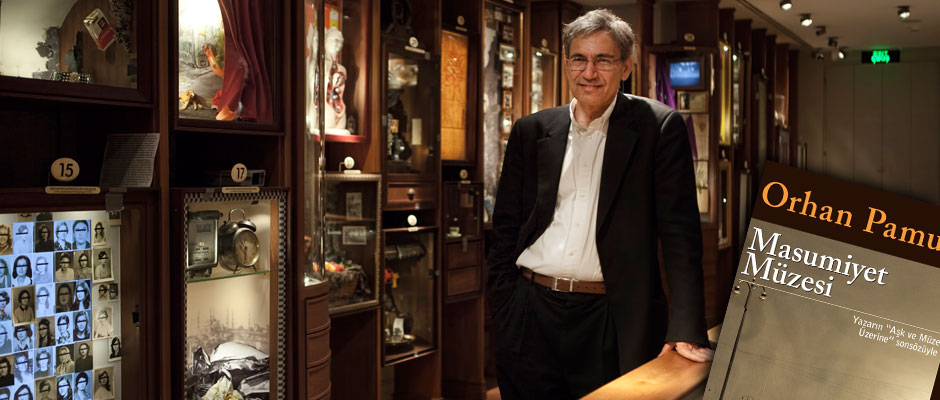

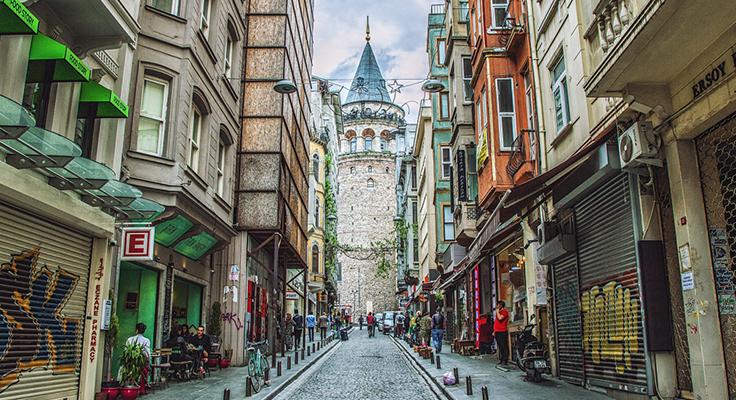
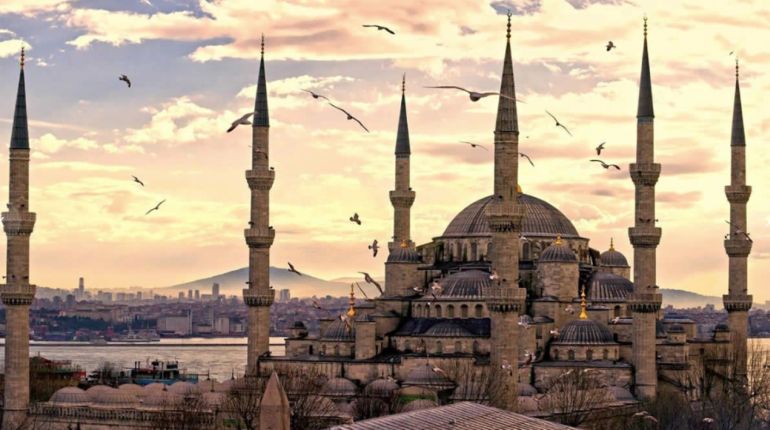
More posts by Gokce Nacar